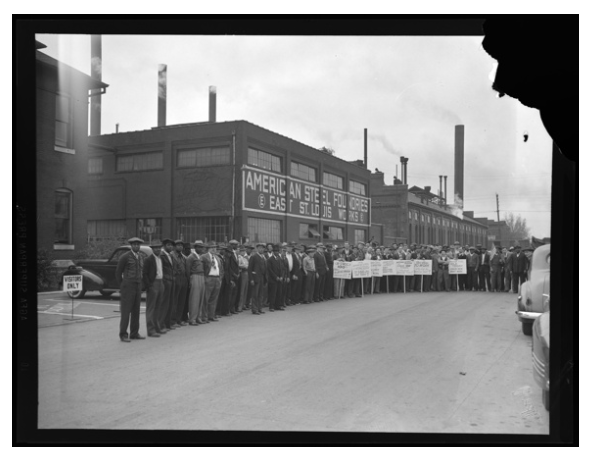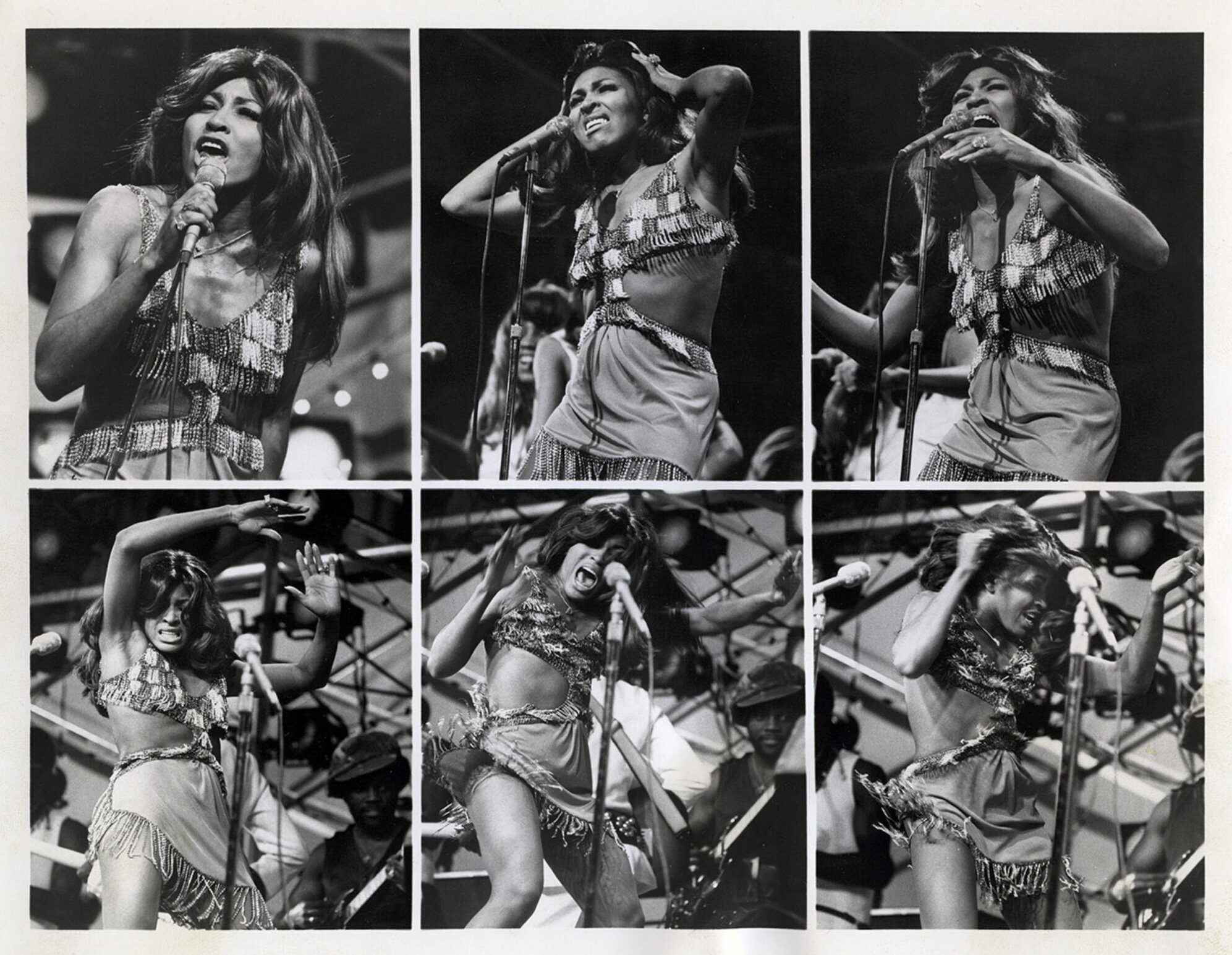Nestled across the Mississippi River in Illinois from its famous western neighbor, East St. Louis and its rich history and culture often stand in the shadows of St. Louis. By 1920, East St. Louis thrived as the world’s largest aluminum processor, a major railroad hub, and a leader in manufacturing.
But when the sun set on the workday and its bustling factories, “East Boogie” came alive in its juke joints, bars, and clubs.

By 1917, 12,000 African Americans migrated to East St. Louis, swelling its population past 75,000 by the early 1950s, and forging a city where industry and entertainment were intertwined.
Verna Rivers, a lifelong East St. Louisan, recalls how her parents, like many others, left the South searching for opportunity. “My parents moved here from Columbus, Mississippi, after World War II … There was no rhyme or reason to not have a job in East St. Louis back then because they were everywhere.”
Beginning in the 1930s, after a long day on the shop floor, many workers longed for lively spaces to unwind and shake off the weight of demanding labor. The ‘breadwinners,’ enthusiastic party-goers, would recharge, dress in their finest attire, and flock to the city’s beloved entertainment spots.
“They worked so hard—we all did. They deserved to go to the clubs because they gave it their all during the week,” she said.
Welcoming and Nurturing
These venues offered good music, stiff drinks, and a respite for weary workers. However, they also became a training ground that produced some of the most celebrated performers in the world, from Tina Turner to Miles Davis.
“I wasn’t old enough to be in there, but I was in there. We had places like the Cosmopolitan, Ruby’s, Holman’s Hole, Hornbergers, Mildred’s, the Club Manhattan, the Paramount, the Blue Note, and Ned’s Love Club,” says Charles Mattox, a native of East St. Louis.
“I saw Muddy Waters and B.B. King at Holman’s Hole,” said Dorthy Adams, a resident who moved to the city from Chicago when she was just four years old.
In these clubs, you could dance, and hear some of the best entertainers during their early years, all while sipping on your favorite drink. Mattox said that the popular drinks were Mogen David, Ripple, and Wild Turkey liquor. “Swissup was just 35 cents a bottle,” said Rivers.
VERNA RIVERS, EAST ST. LOUIS RESIDENT“They worked so hard—we all did. They deserved to go to the clubs because they gave it their all during the week.”
“The Paramount was the place to be for the young folk, you hear me? We also had The Tropicana, Ms. Tucker’s Place, Pudgy’s, Ms. Mack’s Place, too. She would let you come in and listen to the music if you were in high school, but you could only have cherry cokes,” added Rivers.
East St. Louis nurtured musical greats by welcoming them as they were just finding their groove. Spaces, big and small, built a deep love for music and culture—seemingly embraced by the whole community.
“It was all just big fun: live bands on the weekends, big-time parties, and nonstop excitement,” she said.
This is a two-part series capturing the oral histories of the city’s music and culture shared by long-time East St. Louis residents. Complete your reading of the series with ‘‘East Boogie’ Inspired Blues, Jazz, Rock ‘n’ Roll, and Joy.’
